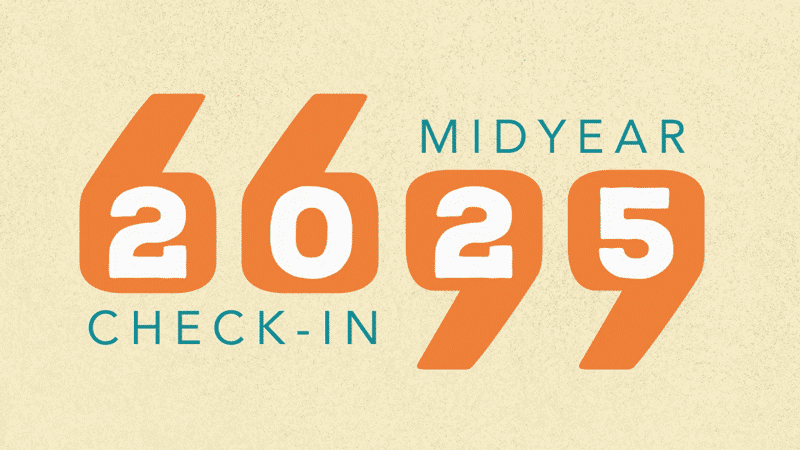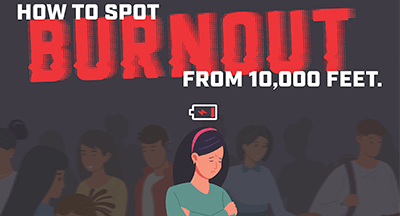
The summer is winding down and students are returning to virtual, in-person, or hybrid education.
Administrators are working around the clock to ensure everyone’s safety. Here’s what back to school in 2020 has in store.
Who (really, truly) needs to come in?
Restricting school buildings runs counterculture to our typical public school system in some ways. It used to be vetted visitors were welcome, even encouraged. Now, every visitor could carry an unwelcome guest without their knowledge.School buildings are still havens to families in need of services. However, it is reasonable and prudent to restrict access to buildings as school resumes throughout the country. This adds yet another layer of protection to the people who need in-person school most: early childhood learners, special education students, students for whom home is unsafe or otherwise unsuitable for learning, and the dedicated teachers and staff who are tenuously opening their own family bubble.
The least we can do to thank them for their service is to make good on the promise of a clean, mindful space to work.
This careful vetting of visitors serves an additional purpose. The pandemic is far from the only threat to schools. The last thing staff need to worry about is the threat of school-based violence. A temporary no visitors policy limits the number of people staff need to track and manage while they attend and adjust to new ways of going to school.
Symptom checks
The way we go back to school relies on the smart, deliberate use of existing technology. We can’t measure what doesn’t exist, so screening depends on catching symptomatic carriers. By restricting access for students and staff with respiratory symptoms, we also cut out the kneejerk anxiety of sitting six feet from a coughing or sneezing peer during a pandemic overlapping flu season.Temperature, exposure, and symptom surveys help staff and students self-screen for attendance. Think of this data as the ticket into school. SIS vendors can help you report and safeguard this self-screening data, so it’s easy to see the beginning of a problem before it becomes too big to handle.
Air circulation
School staff and students are returning to school buildings during a respiratory pandemic. Public health officials have indicated the more outside air available, the better. Instead of recycling indoor air in HVAC systems, schools have begun to make adjustments to take in more outdoor air. Certain air filters can help clean the air a little better than others, according to experts.Though it makes folks above a certain latitude scratch their heads a little, there’s also the idea that schools can form outdoor classrooms when possible. Weather permitting, it’s definitely not the craziest solution to in-person education we’ll see in 2020-2021. Set expectations with students about behavior and safety, and if possible set up outdoor classrooms within a secure perimeter. Unused sports fields can be temporarily repurposed.
Face coverings
34 states have enacted mask mandates to date, regulating face coverings in different public places. This can work in schools, too. It is absolutely a culture shift and its efficacy depends entirely on the attitude of district leadership and community at large. The at-times unpopular truth is, any student capable of following a dress code policy (including No Shirt No Shoes No Service) can typically comply with a face covering policy. Ask parents to reach out to leadership with their concerns and be prepared to offer solutions. Mask mandates are also resulting in families opting for virtual-only education, which can free up in-person space for students who need it.That said, face coverings run counter to some security safeguards, like ID badges. There’s no reason not to issue badges with pictures. They help indicate a staff member or student should be present in the building, and it’s nice to be reminded of the smile under the mask.
We keep hearing the constant refrain that school will look different this year. To pretend otherwise is to ignore reality. However, it’s easy to understand the motivations school leaders have to try to make in-person education work.
Here’s to a great, safe, back-to-school season—whatever it might look like.
Follow-up resource: Pivoting to distance learning
When face-to-face learning isn't possible, explore distance learning.WHAT'S NEXT FOR YOUR EDTECH? The right combo of tools & support retains staff and serves students better. We'd love to help. Visit skyward.com/get-started to learn more.

|
Erin Werra Blogger, Researcher, and Edvocate |
Erin Werra is a content writer and strategist at Skyward’s Advancing K12 blog. Her writing about K12 edtech, data, security, social-emotional learning, and leadership has appeared in THE Journal, District Administration, eSchool News, and more. She enjoys puzzling over details to make K12 edtech info accessible for all. Outside of edtech, she’s waxing poetic about motherhood, personality traits, and self-growth.




